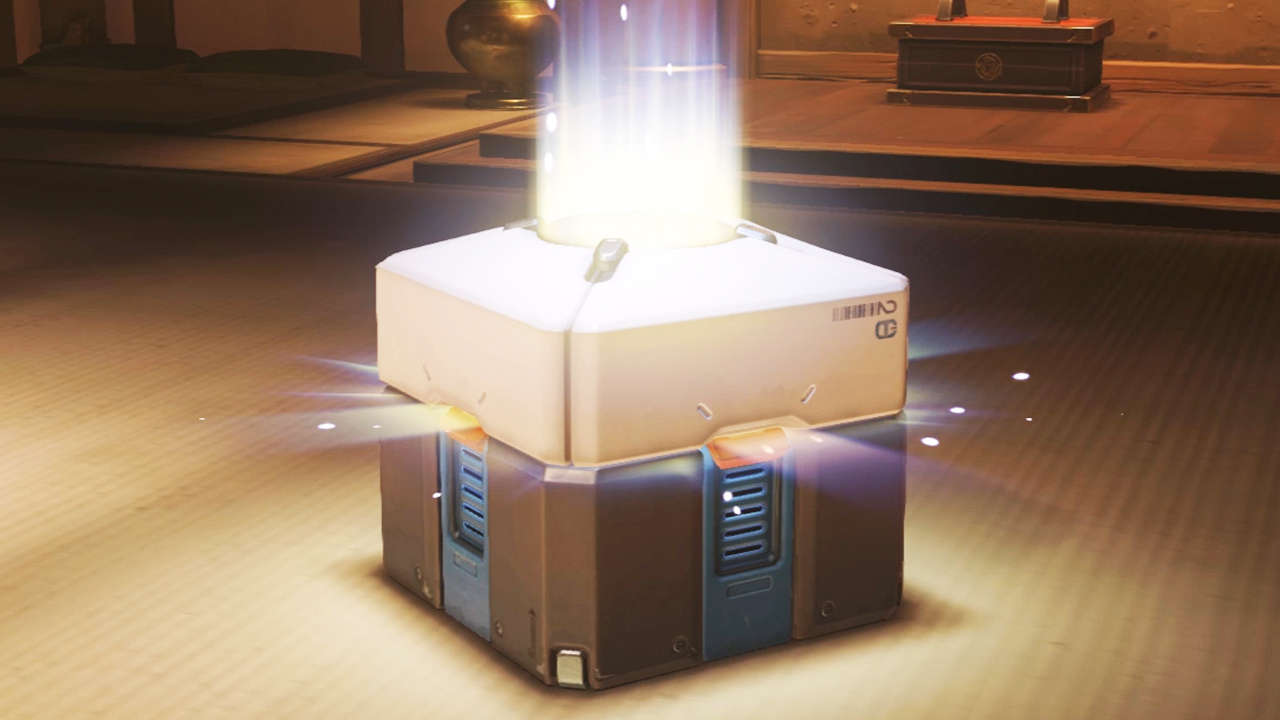Cosmetic Items and the Rise of the Loot Box

Kyle Nakasaka ’19 / Emertainment Monthly Staff Writer
Cosmetic items, or the plague that practically every online game has faced in one way or another. Whether it be your first hat from Team Fortress 2 or League of Legends’ coveted Projekt skins, we have all been tempted to whip out our credit cards to buy these frivolous decorations. Few games manage to strike a balance between the free-to-play and cash-to-burn players, either hiding these coveted skins behind a cash wall or giving them out until they’re a dime a dozen. Few games manage to provide a system that everyone is satisfied with, but I think it is safe to say that Overwatch has the best distribution for these cosmetic items, the Loot Box.
The idea of the Loot Box has been around for quite a while, with the idea dating back to Team Fortress 2 and their introduction of the Mann Co. Supply Crates. These crates could reward anything from basic weapons to cosmetic items to unusuals, cosmetic items with unique particle effects. However, opening crates would require a key which you could only get by spending $2.50, and nobody was quite on board with that being the main way to get them, but at the time, cosmetics were new. Cosmetics hadn’t been seen before and the option to stand out as a Scout or Medic was too tempting to pass up. Since then, the idea of the Loot Box has gone past Team Fortress 2 and has taken many forms.

From Counter-Strike: Global Offensive and its gambling rings of items to the development of a true market economy within Team Fortress 2, Loot Crates and cosmetic items have had a profound impact on the online gaming community. Cosmetic items have led to profit in video games, with people making a pretty penny off of CS:GO gambling and trading in the Team Fortress 2 economy and even paid DLC for retail games, an attempt to cash in on the hype of cosmetic items, but ultimately missing the purpose of these items all together.
While there are many people who miss the mark on cosmetic items and Loot Boxes, there are those who hit it dead on the money, the most recent being Overwatch. Overwatch has time and time again been hitting the mark with its Loot Boxes, cosmetic items, and seasonal events. An Overwatch Loot Box contains four items, with one item being guaranteed of rare quality of higher. Unlike other games, no keys are required to open these fine fashion crates and they drop at a fixed rate with one box being rewarded per level up. During seasonal events, however, normal Loot Boxes earned during the event transform into seasonal Loot Boxes, boxes that not only contain at least one rare item, but also at least one event item. With this, you get both the spectrum of rarities as well as seasonal items.

Don’t worry, though; in case you get a duplicate item, it doesn’t go to waste. In the case that you don’t get lucky enough to score a new item, your duplicate items will be converted into currency—coins in this case—that can be used to buy any coveted items on your wish list. Of course, things like legendary items will cost more, but to us players, we don’t mind waiting it out, and we are always excited to get another Loot Box.
Loot Boxes in games like CS:GO and League of Legends require two pieces, and even once you get them, you may end up getting a trash skin or a shard you don’t like. However, Overwatch gives you that Loot Box and it’s ready to go the second you level up. Once you open one, you just want to open another, so you keep playing and you continue to be rewarded for playing and that’s where a lot of games go wrong. CS:GO, Heroes of the Storm, League of Legends all have made it near impossible to acquire coveted items by hiding them behind paywalls. Of course, nobody needs these items; I mean, they don’t affect the game at all, but c’mon, who hasn’t ever wanted to get their hands on a Projekt skin or buy that Factory New Stat Trak Knife? Sure, they aren’t necessary, but they’re nice to have and it’s not nice of developers to make those items so exclusive that you need to invest way too much money before you can be rewarded. And that is why Overwatch has it down.

Where other games stow their cosmetics away, Overwatch keeps all of its items on the table, sans a few promotional items and pre-order bonuses. Their model rewards players willing to play to get those items and coins, but also gives the option for people to pay if they have enough of a disposable income. It is rewarding for those willing to work for it and keeps people engaged with the game.
Later this month, Heroes of the Storm will be undergoing a major rehaul which will add Loot Boxes to the Nexus, and I can easily say that I will be picking up the game again thanks to that push. The idea of picking up all those new items is just too tempting to pass up, and I want to get some new skins and whatnot for my favorite characters. I think that their choice to add this model to other games will end up being a very smart one and I hope that we will see more of this model in the future throughout many games.